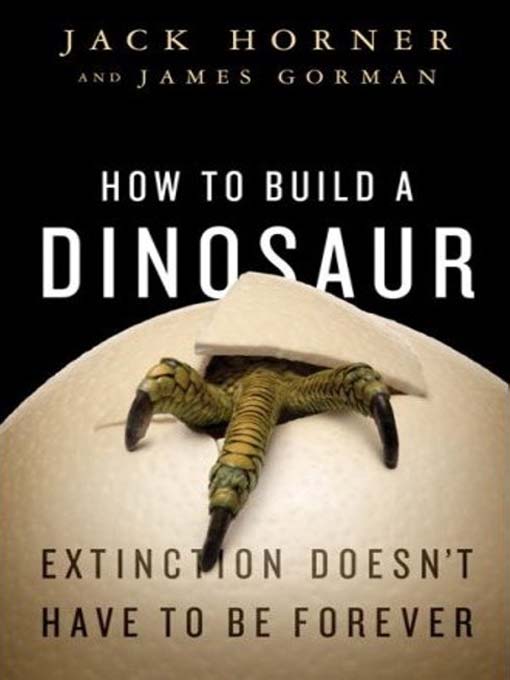
How to Build a Dinosaur
Extinction Doesn't Have to Be Forever
فرمت کتاب
audiobook
تاریخ انتشار
2009
نویسنده
Patrick Lawlorناشر
Tantor Media, Inc.شابک
9781400181414
کتاب های مرتبط
- اطلاعات
- نقد و بررسی
- دیدگاه کاربران
نقد و بررسی

Jack Horner's quest to hatch a dinosaur makes comparisons to JURASSIC PARK unavoidable--especially given that the paleontologist was an adviser to the film. Rather than extracting DNA from dino blood in a petrified mosquito, however, Horner wants to manipulate the embryo of a chicken and create a bird with teeth and a reptilian tail. Patrick Lawlor's narration of Horner's fascinating book is mostly enthusiastic and engaging, and he's comfortable with the scientific jargon. He does, however, show some insensitivity to the text, delivering banal sentences with a misplaced ebullience and failing to give proper emphasis to more climactic passages. These are not huge flaws, but they detract from an otherwise polished production. D.B. (c) AudioFile 2009, Portland, Maine

January 26, 2009
The premise of this provocative but frustrating book by MacArthur Award–winning paleontologist Horner and New York Times
deputy science editor Gorman (coauthors of Digging Dinosaurs
) : a kind of reverse genetic engineering could make it possible to “ build” a dinosaur embryo from the embryo of a modern bird—a chicken, say— since birds are the evolutionary descendants of dinosaurs. The trick would involve the new science of evolutionary development (known as evo devo) and a host of biological techniques. Horner and Gorman argue that during the process, one could stop and analyze every frame of the evolutionary tape as it played in reverse. The authors use the research on tail development of Hans Larsson at McGill University to explore how embryos can illuminate evolution. Much of the rest of the book offers background, but often digresses, for example, into hunting for DNA from 68-million-year-old dinosaur bones or the surfing habit of the man who discovered the polymerase chain reaction or how genetically close humans and Neanderthals are—none of which advances the book’s central argument. B&w illus.

























دیدگاه کاربران